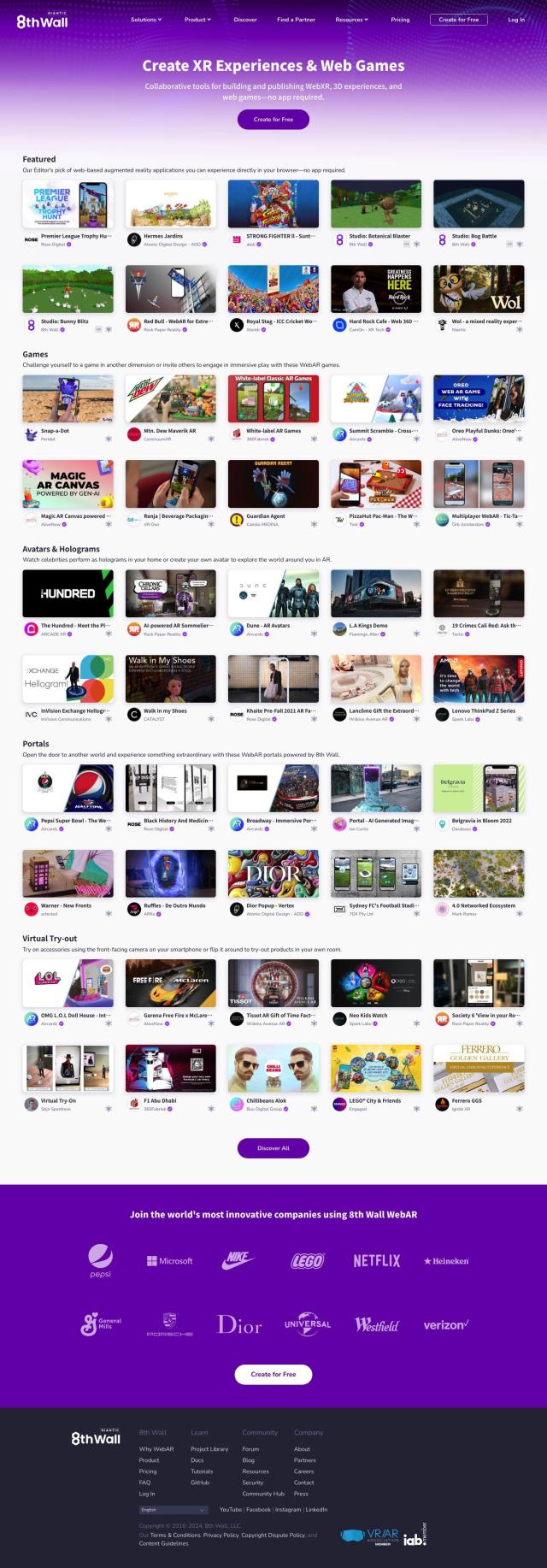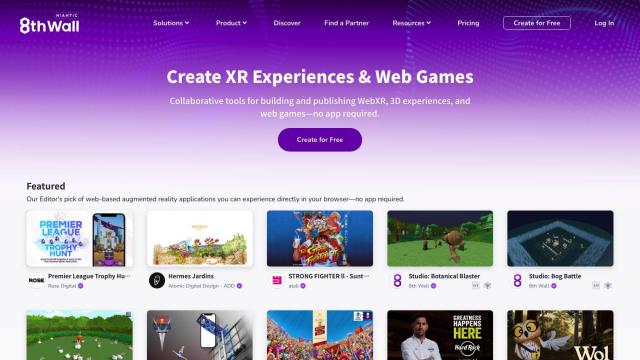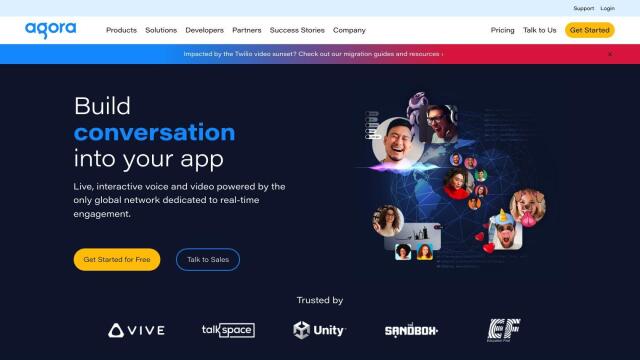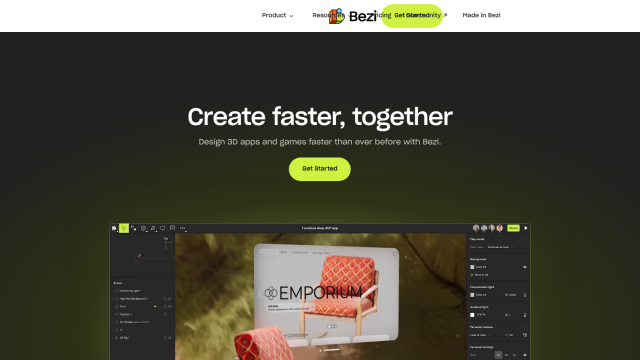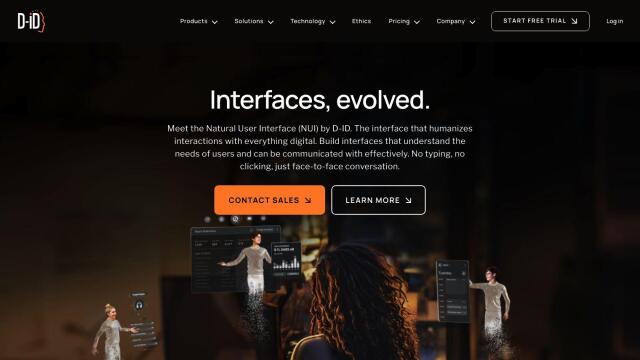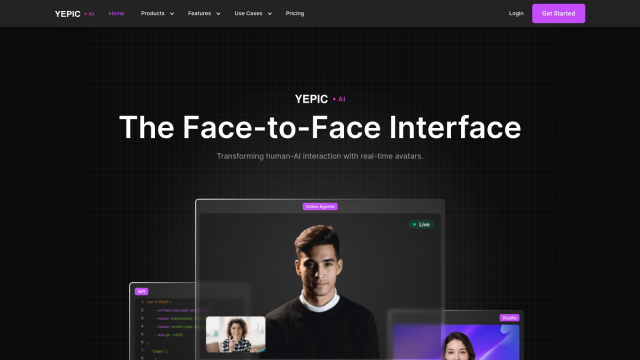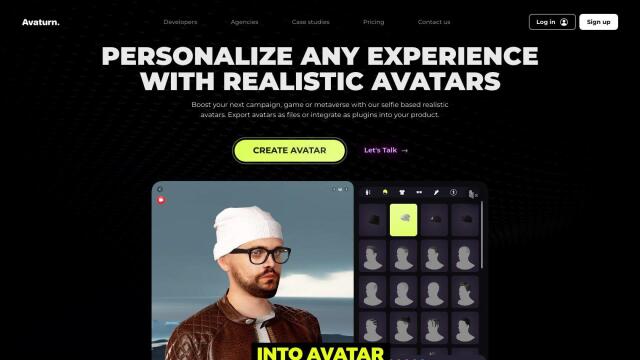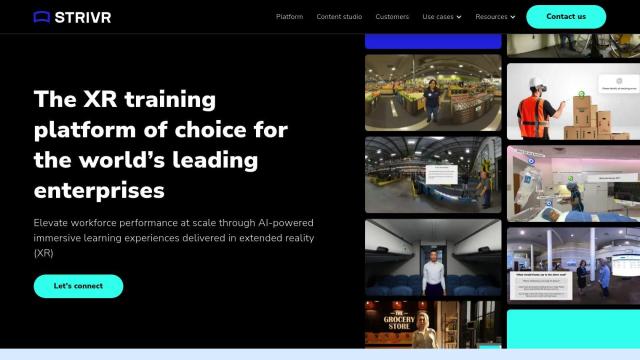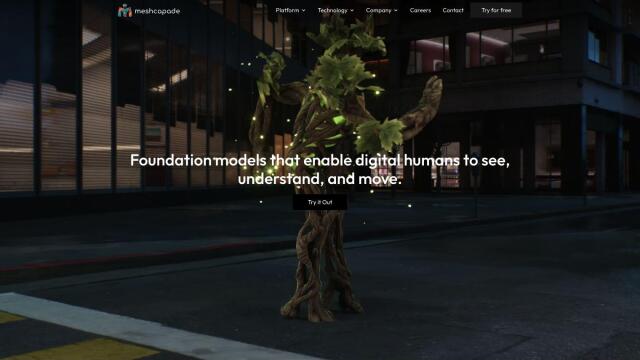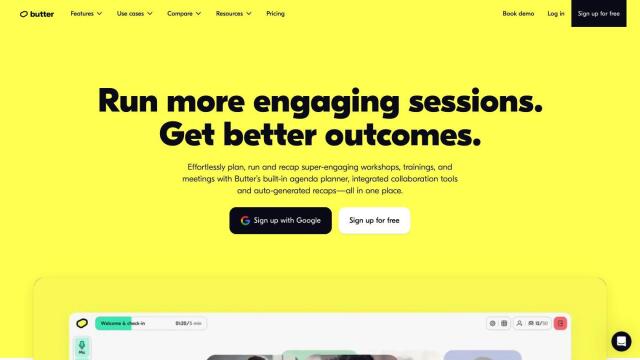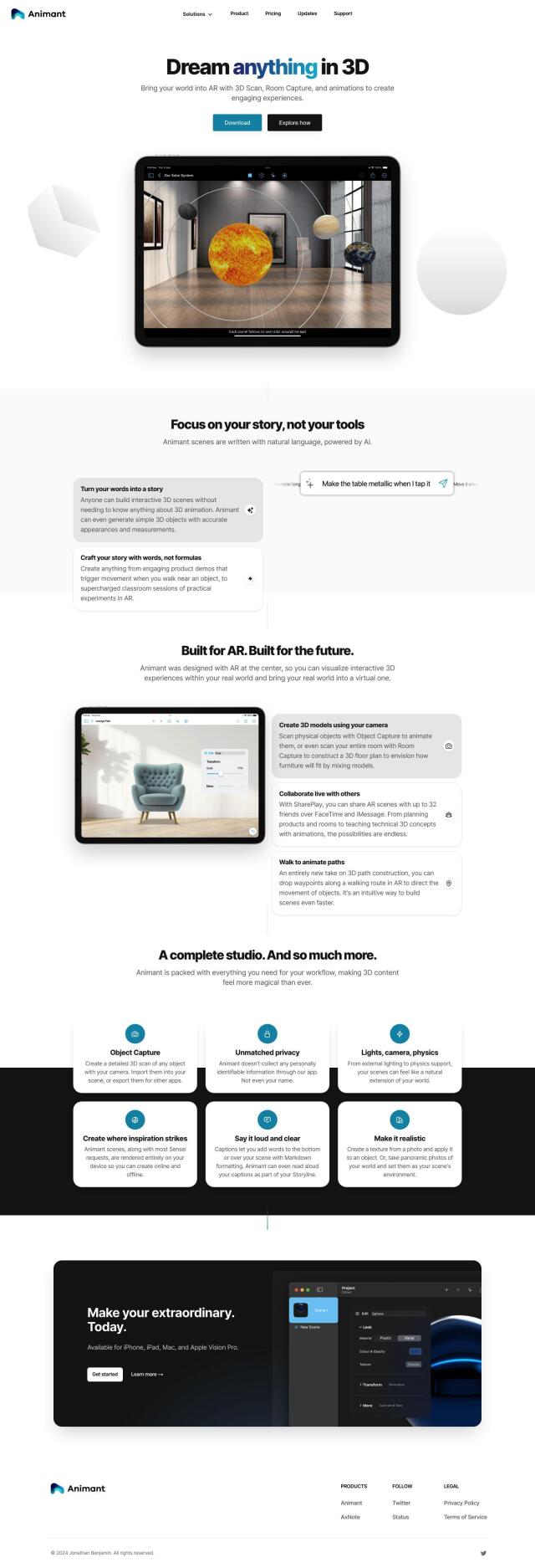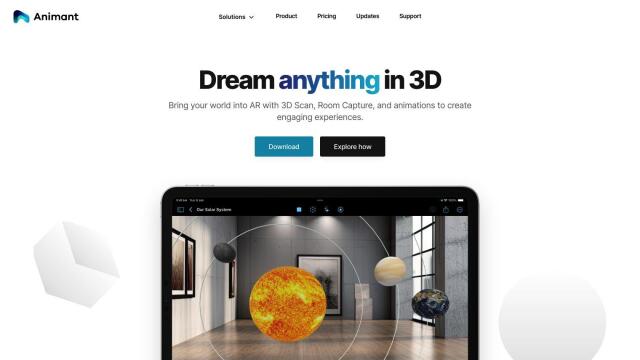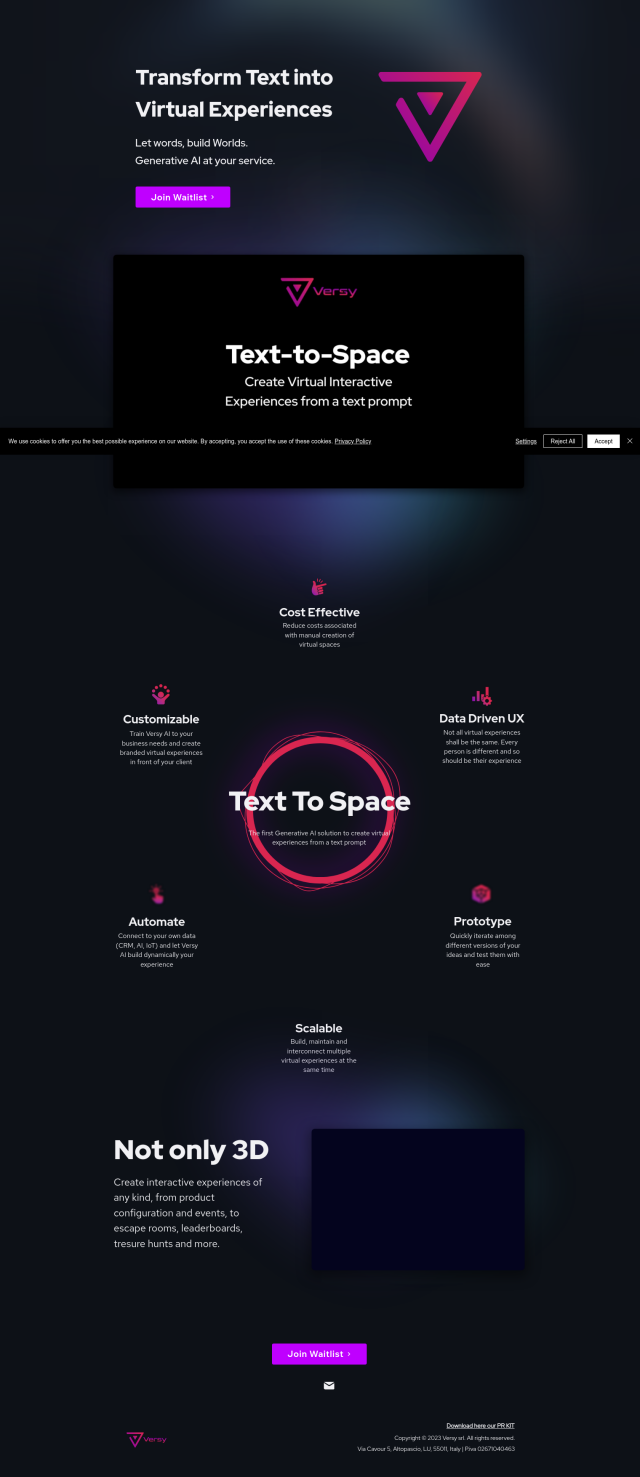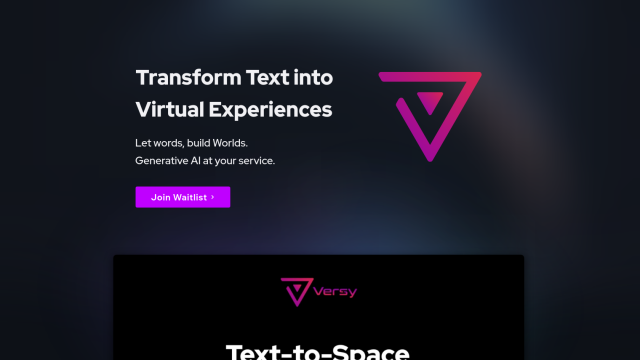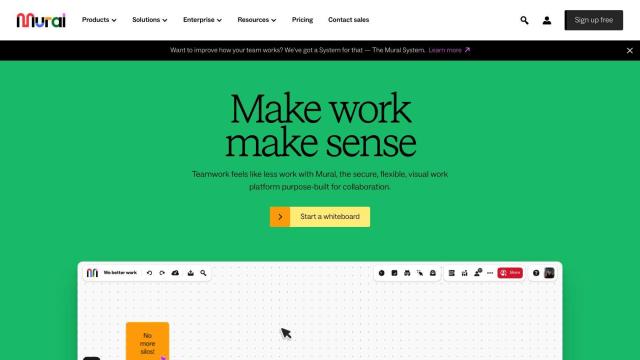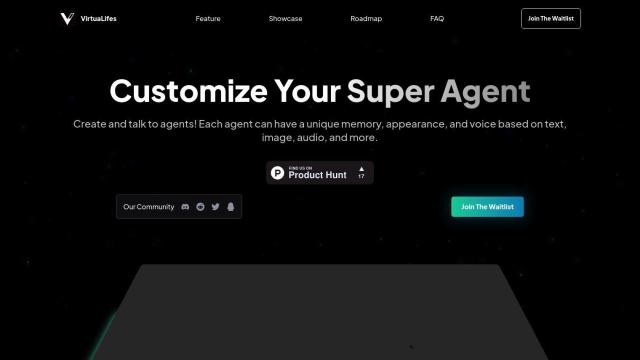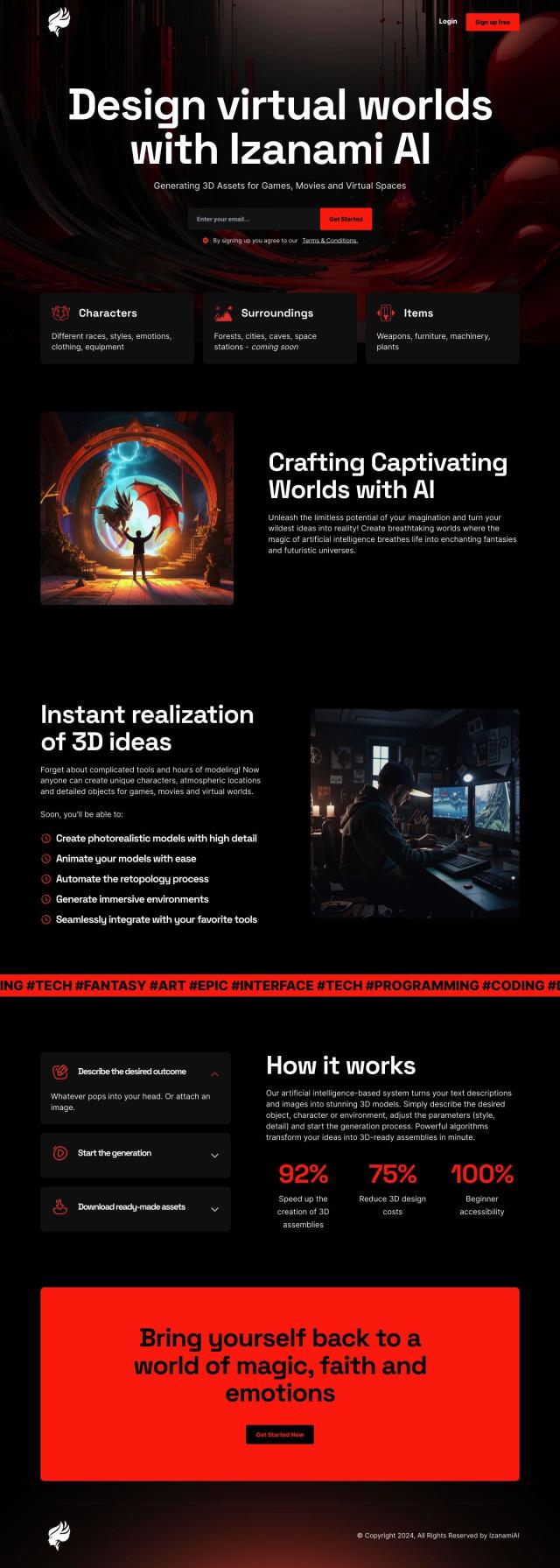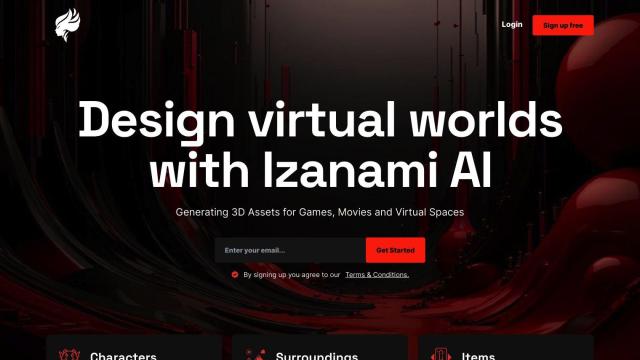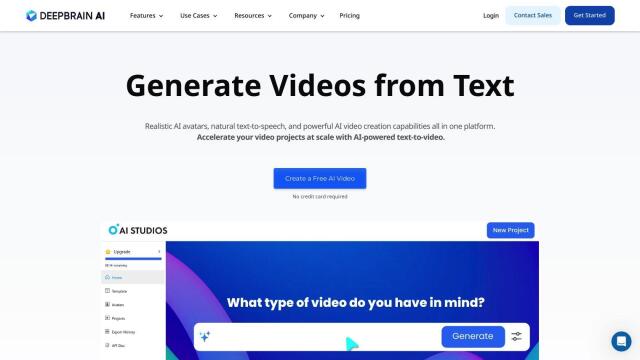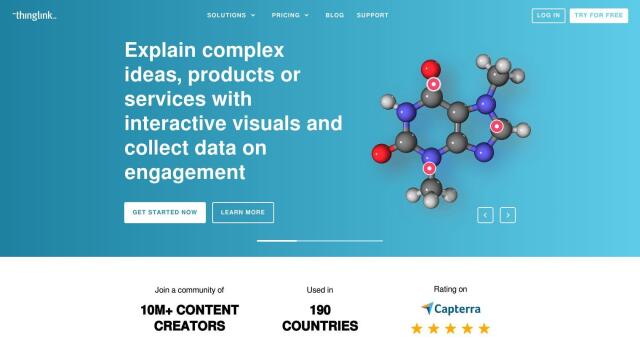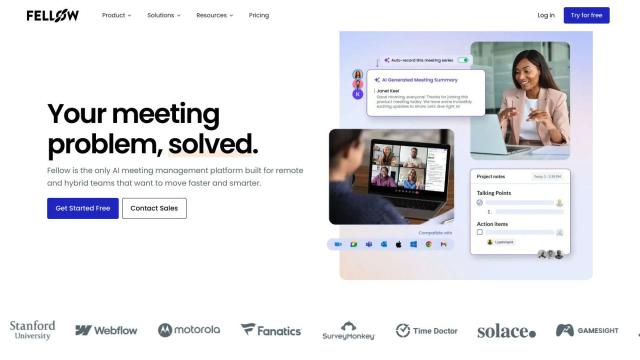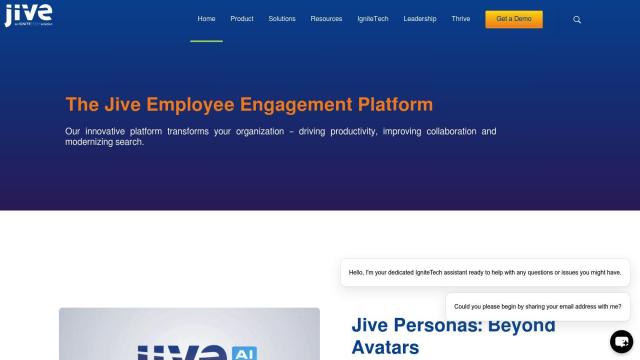Question: Can you recommend a virtual collaboration tool that uses 3D environments and avatars to enhance team engagement?

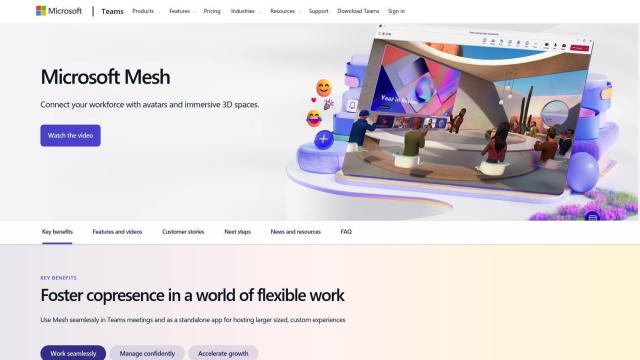
Microsoft Mesh
If you want a virtual collaboration tool that uses 3D realms and avatars to get people more into the team, Microsoft Mesh is worth a look. This mixed reality app links people with immersive 3D realms and avatars for a more immersive and interactive experience. It works on PCs and Meta Quest VR headsets, and has enterprise-level security and privacy controls. Microsoft Mesh is included in some Microsoft 365 and Teams business plans, and premium immersive experiences are available as an upgrade.

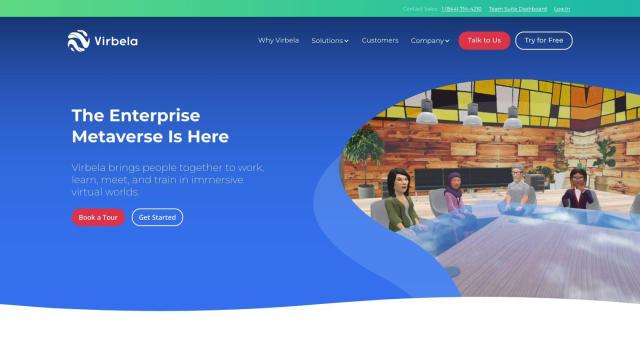
Virbela
Another strong contender is Virbela, which offers a web-based metaverse tool called Frame. It lets remote employees collaborate in a persistent 3D realm that can be accessed on a PC, phone or VR headset. Virbela simulates real-world physics and social interactions, and is designed to increase productivity while reducing real estate and travel costs. The company also touts the platform as a good option for high-impact learning and development experiences and memorable virtual events.

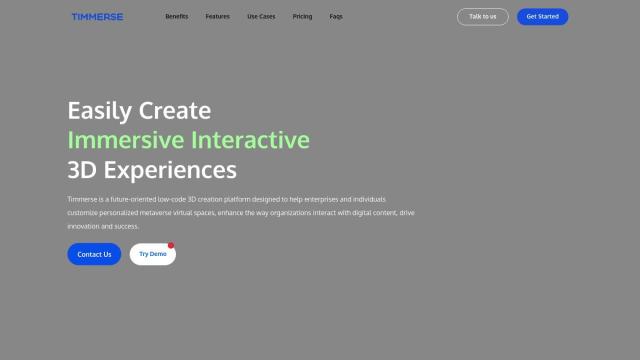
Timmerse
For a low-code 3D creation platform, check out Timmerse. Timmerse lets businesses and individuals create their own metaverse virtual worlds. It includes a 3D editor, real-time chat and customizable avatars, as well as AI-powered chatbots. It's good for a variety of uses, including corporate showrooms, virtual offices and virtual events, and is customizable to meet specific needs.
RAVATAR
Last, RAVATAR is an AI-based platform that generates interactive 3D and video AI Avatars. The realistic digital assistants and virtual companions can be used to improve user engagement and automate processes in a variety of industries. RAVATAR offers lifelike avatars with natural speech and AI personalities, and supports multiple languages and interfaces, so it's a good option for virtual collaboration and communication.
